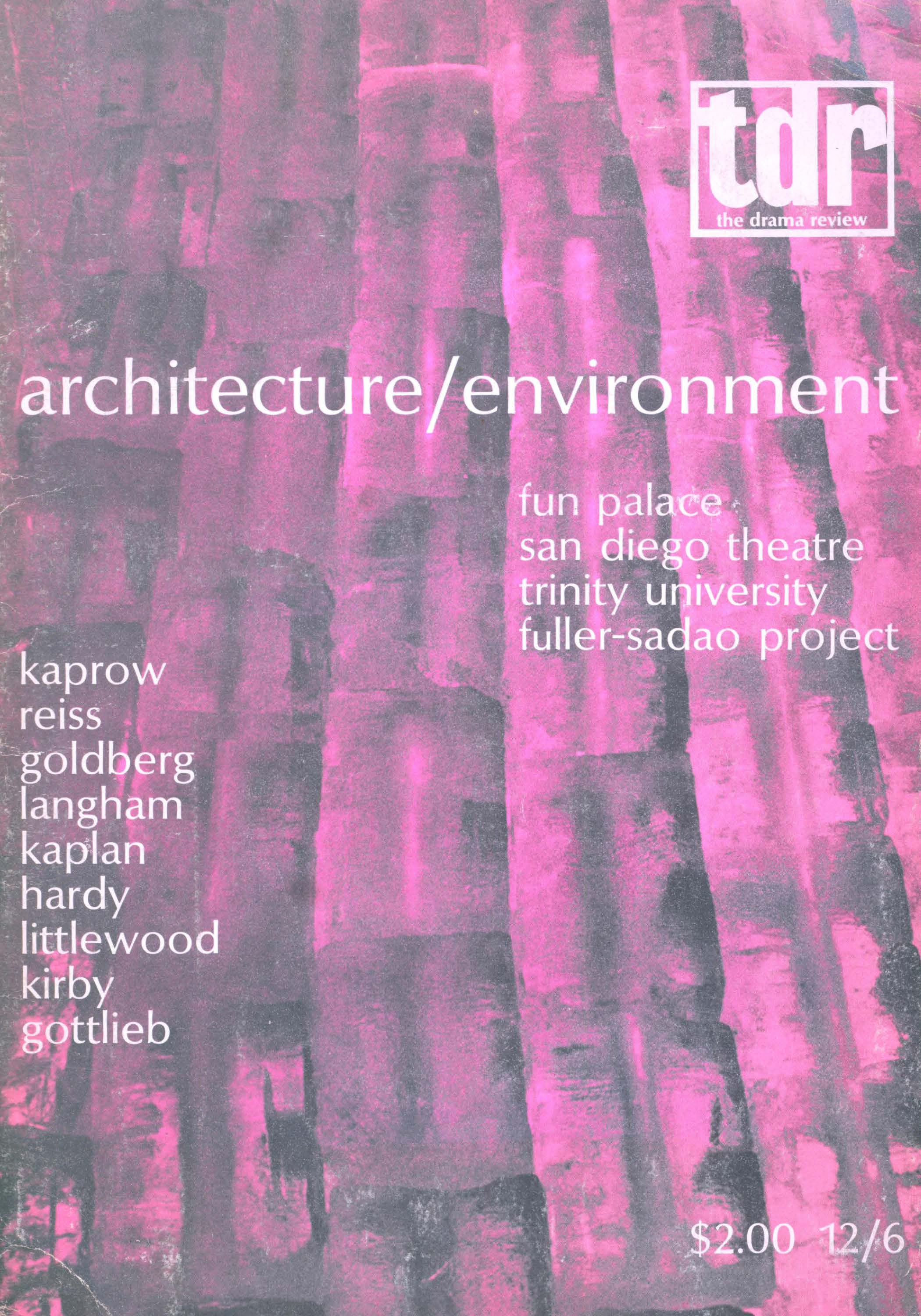Article contents
Gurdjieff’s Movement Demonstrations: The Theatre of the Miraculous
Published online by Cambridge University Press: 07 December 2021
Extract
Drawing on pre-Christian Assyrian, Phrygian, Armenian, Zoroastrian, Sufi, Tibetan, and Persian elements at the time of the Russian Revolution, George Ivanovich Gurdjieff attempted to create a school of thought that would coordinate and expand Western man's anatomic and intellectual centers of energy Into newly dynamic forms. Certain physical and mental activities, Gurdjieff believed, could bring about a total alteration of consciousness. For over sixty years his philosophy has found adherents among the intelligentsia of the Russian, French, and English-speaking world. Directors, choreographers, musicians, designers, painters, writers, and psychologists like Nikolai Evreinov, Sergei Diaghilev, Thomas de Hartmann, Alexander and Jeanne Salzmann, Louis Jouvet, Felix Labisse, J.B. Priestley, Aldous Huxley, Katherine Mansfield, Frank Lloyd Wright, Moshe Feldenkrais, and Peter Brook have all sought artistic inspiration in the esoteric teachings of the Russian-born mystic.
- Type
- Historical
- Information
- Copyright
- Copyright © 1978 The Drama Review
- 3
- Cited by


